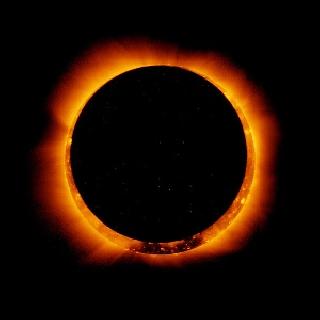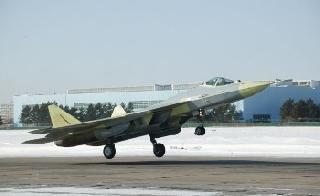
A NASA photo.
WASHINGTON (BNS): Sky gazers in some parts of eastern Asia and western United States will witness the celestial event of an annular solar eclipse on May 20-21 when the Sun will be partially eclipsed by the Moon and appear as a "ring of fire."
An annular solar eclipse occurs when the Moon does not entirely block the Sun, but leaves a bright ring of light visible at the edges.
While such an eclipse will be different from a total solar eclipse during which the Sun is fully blocked by the Moon and the sky turns dark, sky enthusiasts will nevertheless see a 'different' Sun which will appear like a thin ring around the black Moon.
The May eclipse will occur as the Moon will be at the furthest distance from Earth that it ever achieves - meaning that it will block the smallest possible portion of the Sun, and leave the largest possible bright ring around the outside, NASA said.
The eclipse will begin at dawn (Monday) in eastern Asia, will then cross the North Pacific Ocean, and finally end in the western US.
People in parts of China, Taiwan and Japan will be able to witness the "ring of fire" on early Monday morning while parts of the US will see the celestial event on Sunday afternoon and at sunset.
A partial eclipse will be visible from a much larger region covering East Asia, North Pacific, North America and Greenland, the US space agency said.
The eclipse will not be visible in India and other Asian countries.
The next solar eclipse, which will be a total solar eclipse, will occur on November 13, 2012, NASA said.
 Previous Article
Previous Article Next Article
Next Article











The Indian Air Force, in its flight trials evaluation report submitted before the Defence Ministry l..
view articleAn insight into the Medium Multi-Role Combat Aircraft competition...
view articleSky enthusiasts can now spot the International Space Station (ISS) commanded by Indian-American astr..
view article